The recent discovery of the wreck of the Nucleus is just one of many stories brought to light by the museum.
The Gordon Lightfoot song made the Edmund Fitzgerald, a freight ship lost in Lake Superior in 1975, the most famous shipwreck in a century. However, the depths of the Great Lakes are the secret keepers and silent graves of thousands of ships lost in its waters. Among them is the recently discovered Nucleus, a 144-foot Barquentine found under 600 feet of water around 40 miles northwest of Vermilion Point on Lake Superior. The Nucleus was lost at sea over 150 years ago in 1869.
“It can be hard for folks to understand how a ship could go missing for so long without being discovered,” said content & communications director for the Great Lakes Shipwreck Historical Society (GLSHS), Corey Adkins. “But these ships went down before radar, before GPS. So, how is it documented when a ship goes down back then?”
Lucky for historians and maritime aficionados, the technology has grown exponentially, and the efforts of groups like GLSHS discover more missing vessels each year.
GLSHS first discovered the wreckage of Nucleus using a Marine Sonic Technology side-scan sonar in the summer of 2021, and positively identified the wreck in 2022 using the organization’s ROV (remotely operated vehicle). The wreck was in surprisingly good condition, which helped with the next phase of the discovery. Much like any investigation, the next steps included a great deal of research.
“There was no name visible, but the wreckage was a perfect size and in the perfect place to deduce it was Nucleus,” said Adkins. “From there, you piece together a story using old news articles and documents. Little by little, the story becomes clearer.”
Part of Nucleus’ story includes a history of nine or 10 accidents at sea and the fact that it had sunk two other times—which earned it the moniker of “Bad Luck Barquentine.” Additionally, on the Nucleus’ final and fateful voyage, another ship, the Union, had come upon the sinking vessel, slowed down, and eventually steamed on without any sort of communication or effort to rescue the crew.
“That is just not done,” said Adkins. “There is an unwritten law of the sea, that you always help another ship in distress. The fact that the Union didn’t assist just adds to the mystery of this wreck. But still, amazingly, there was not a single life lost.”
Mystery solving is at the heart of GLSHS’ mission. They are actively looking for wrecks every summer into early fall, hoping to piece together more stories of both the ships and those who sailed on them. The Great Lakes Shipwreck Museum, operated by GLSHS and located at the Whitefish Point Light Station, offers more stories for visitors to discover and an opportunity to walk the beach afterward to reflect on the area’s rich history.
“We are proud to share the history and tell the stories of these discoveries,” said Adkins. “Every story is important to us. All the lives and the losses. Most people only know about the Edmund Fitzgerald. But that is not the only story.”

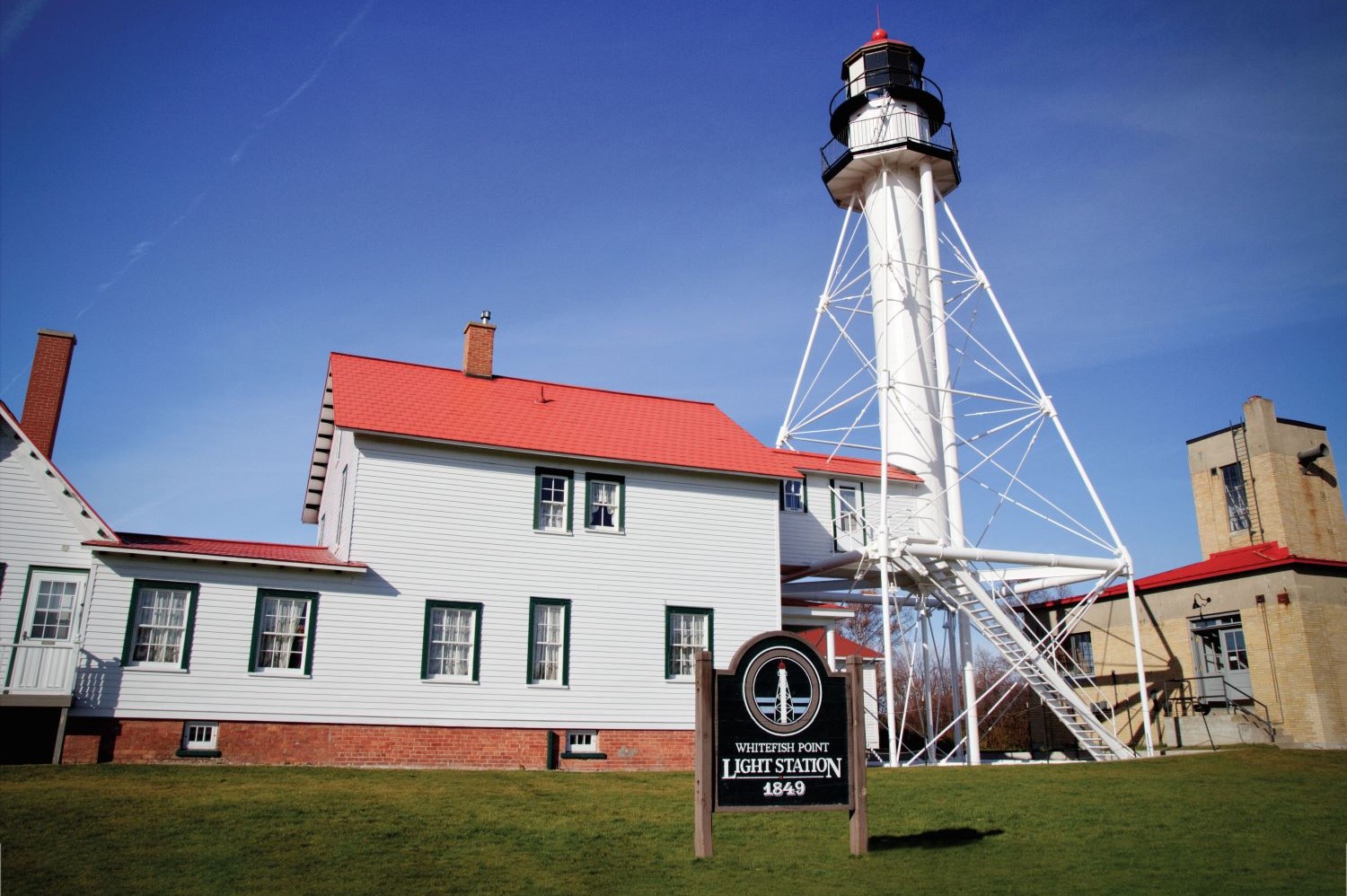
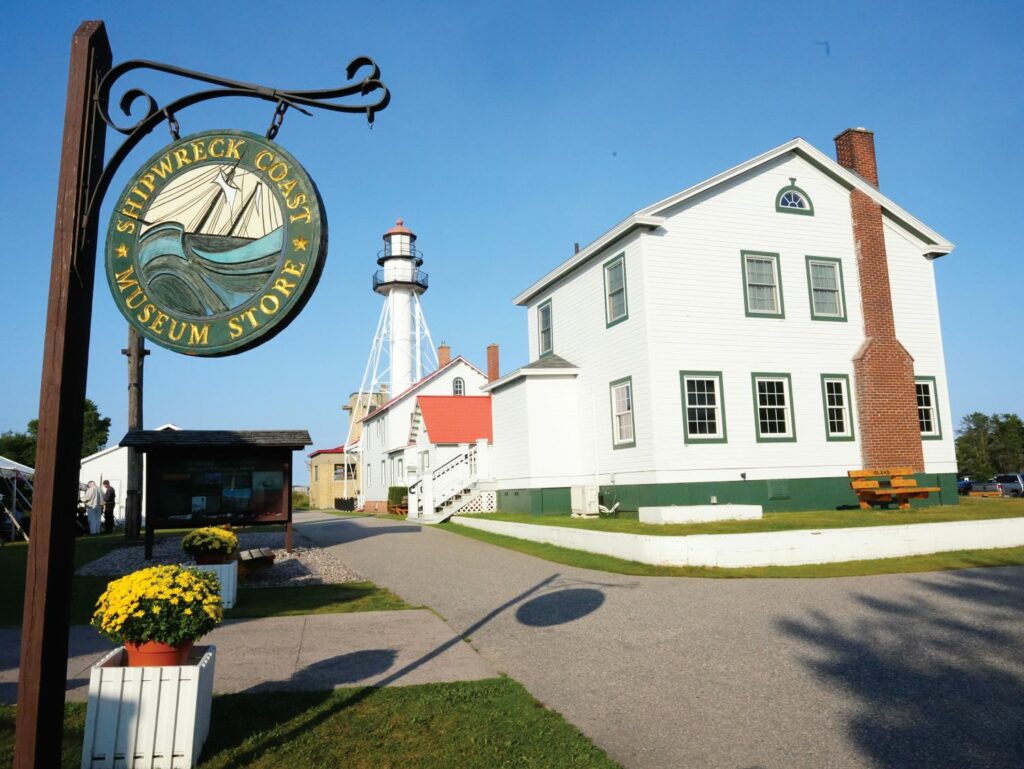
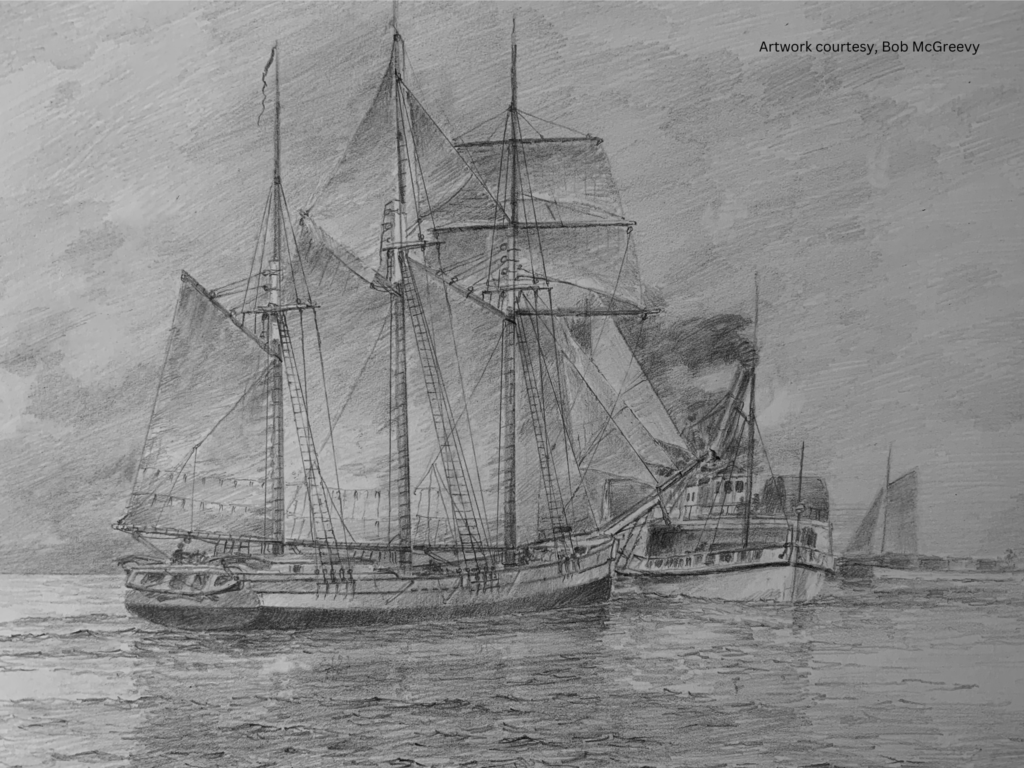
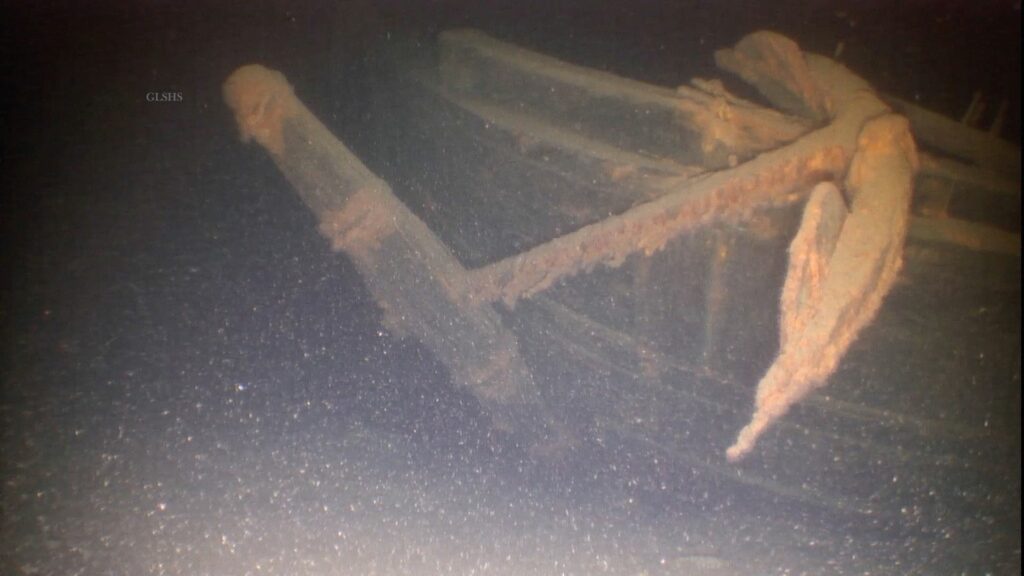
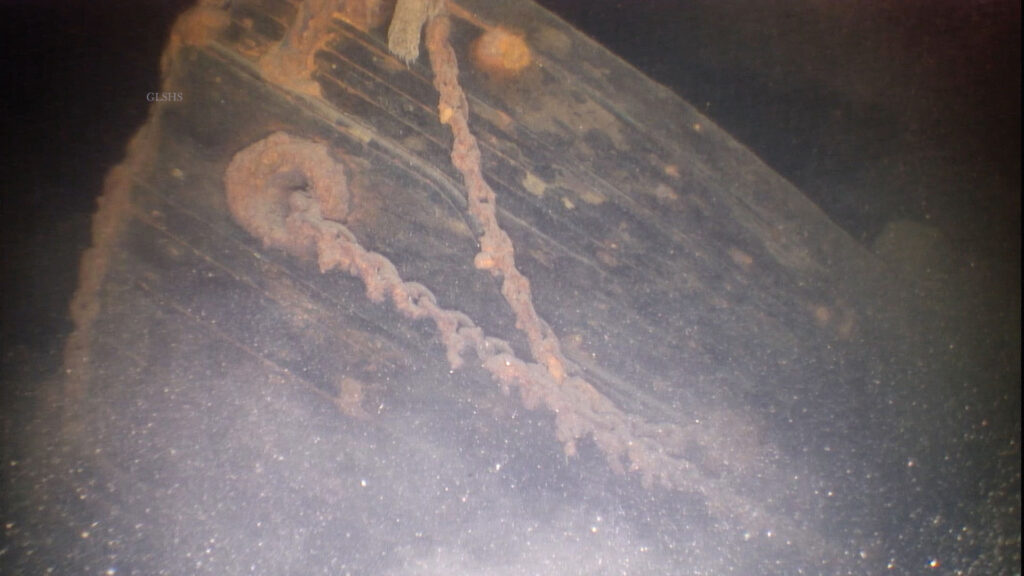


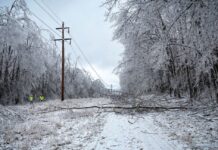

A very nice Museum, it is well worth a visit.